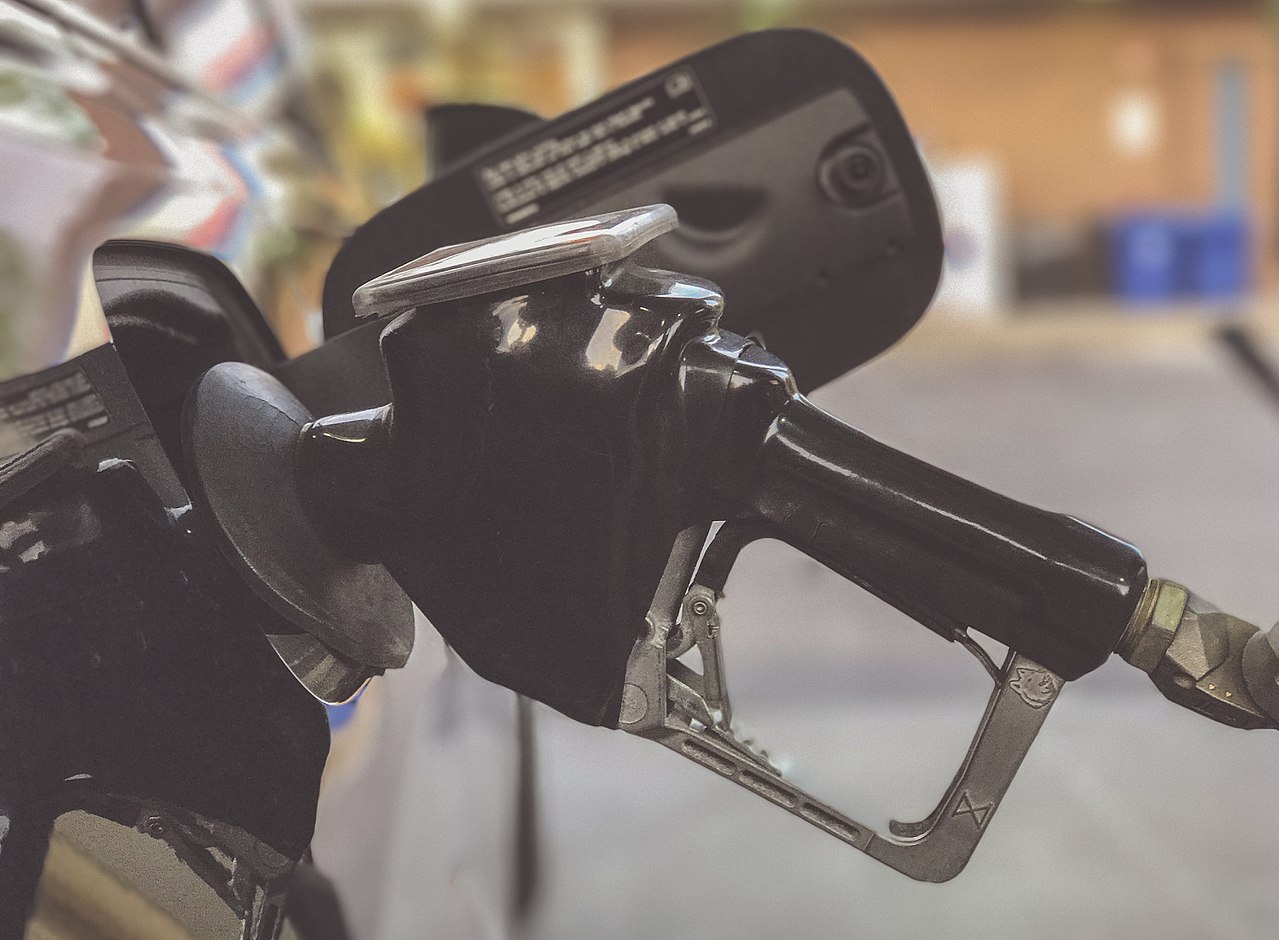Joshua Nielsen
AP Environmental Science ♻️
252 resourcesSee Units
Vocabulary
- Kyoto Protocol
- Hydrofluorocarbons
- Perfluorocarbons
- Sulfur hexafluoride
- Paris Agreement
- Vapor Recovery Nozzle
- Catalytic Converter
- Wet Scrubber
- Dry Scrubber
- Electrostatic Precipitator
Methods of Reduction
In order to reduce the amount of air pollution changes are necessary. These changes are in three main forms: regulations, conservation, and alternative fuels.
Regulations
The Kyoto Protocol (1997) is an agreement signed by members of the United Nations. Its goal is to reduce the number of greenhouse gasses released into the atmosphere that causes global warming. The group agreed that the most likely cause of global warming was the anthropogenic CO2 emissions. The protocol listed the six major greenhouse gases that were to be reduced as carbon dioxide (CO2), methane (CH4), nitrous oxide (N2O), hydrofluorocarbons (HCFs), perfluorocarbons (PFCs), and sulfur hexafluoride (SF6).
A separate agreement was signed in Paris, France known as the Paris Agreement (2016). Its focus is to keep the increase in global temperature to below 2℃ of the pre-industrial average. This is to be achieved through the adaptation and mitigation of anthropogenic carbon dioxide.

Image courtesy of Pixabay
Vehicles
Have you ever noticed the rubber/plastic ring around the nozzle at the gas pump? It is a Vapor Recovery Nozzle and it is meant to reduce the amount of VOCs released to the air when you fill up your tank. You should notice less of a strong odor when these are equipped.

Image Courtesy of Wikimedia
Another item that is installed on gasoline and diesel vehicles along with kerosine heaters is the catalytic convertor. This device is attached to the exhaust pipe in order to convert toxic gases like CO, NOX, and hydrocarbons into less toxic compounds like CO2, O2, N2, and water.
Industrial Methods
Due to certain EPA regulations, companies are required to reduce the number of various pollutants emitted through their ‘smoke-stacks’. The use of scrubbers removes gases and particulates from a building’s exhaust.
Wet scrubbers channel the exhaust through a chamber that is spraying scrubbing liquid (usually water). Particulates and dissolved gasses are caught in the liquid which is then filtered. The cleaned exhaust is then released to the atmosphere.
Dry scrubbers use dry reagents to neutralize or convert the exhaust gases. Converted materials fall out of the gas stream and are then collected. The cleaned gases are then released.
Coal-burning power plants use electrostatic precipitators. The waste gases are passed through a high voltage screen. This ionizes the particles. Now, the gases travel over charged plates (positive and negative). These plates attract the ionized particles and remove them from the gas stream. Occasionally the plates are cleaned.
Conservation
Reducing our energy usage is key to reducing air pollutants. Carpooling and mass transit release fewer pollutants. Combine this with more compact cities and now you are traveling even less. Make the cities greener with more energy-efficient buildings, green roofs, and improved municipal waste management.
Cleaner alternative energy sources like solar, wind, hydro, and hydrogen reduce greenhouse emissions and eliminate particulates from combustion. Many buildings can be retrofitted for wind and solar. It will reduce their dependence on the power grid.
Important Laws
There are many acts and protocols that have been implemented to address air pollution. Here are a few examples:
- Clean Air Act: This is a federal law in the United States that regulates air emissions from stationary and mobile sources. The act sets National Ambient Air Quality Standards (NAAQS) for certain pollutants, and it requires states to develop plans to attain and maintain these standards.
- Montreal Protocol: This is an international treaty that aims to protect the ozone layer by phasing out the production and consumption of ozone-depleting substances. Many of these substances are also greenhouse gases, so reducing their use can also help mitigate climate change and improve air quality.
- The European Union's Thematic Strategy on Air Pollution: This strategy is a comprehensive plan to reduce air pollution in the EU and its member states. It includes measures to reduce emissions from various sources, such as industry, agriculture, transport, and households.
- The Beijing Action Plan: This is a plan developed by the government of Beijing to address the city's air pollution problems. It includes measures such as limiting the number of cars on the road, shuttering polluting factories, and promoting the use of clean energy.
🎥 Watch: AP Environmental Science Streams
Browse Study Guides By Unit
🏜Unit 1 – The Living World: Ecosystems
🐠Unit 2 – The Living World: Biodiversity
👪Unit 3 – Populations
🌏Unit 4 – Earth Systems & Resources
🏖Unit 5 – Land & Water Use
⚡️Unit 6 – Energy Resources & Consumption
💨Unit 7 – Atmospheric Pollution
♻️Unit 8 – Aquatic & Terrestrial Pollution
🔥Unit 9 – Global Change
📚Study Tools
🤔Exam Skills

Fiveable
Resources
© 2025 Fiveable Inc. All rights reserved.